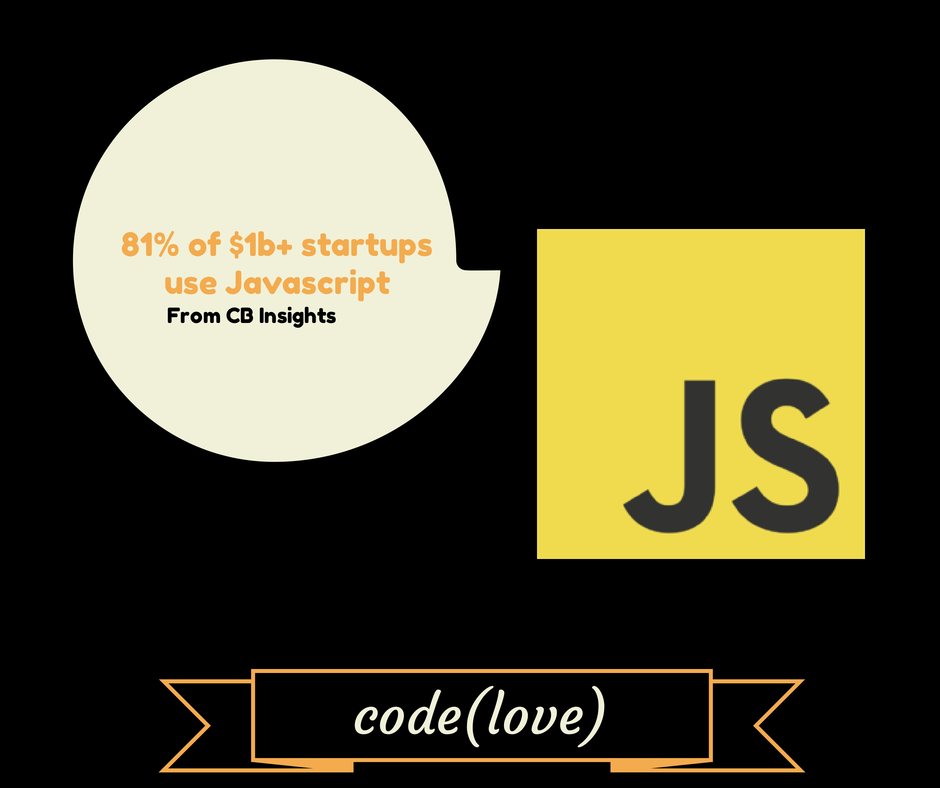Originally posted at https://medium.com/@Cryptonight/the-short-term-view-on-bitcoin-remittance-12e1acc0c830. Written by Luis Buenaventura, who is the Head of Product at Satoshi Citadel Industries, a Bitcoin startup out of the Philippines.
——————————————————————————————————————————————————–Remittance is often cited as the one of the primary ways that Bitcoin would change the global financial landscape, by virtue of the cryptocurrency’s microscopic transfer fees and region-agnostic transmission. Advocates and enthusiasts (myself included) often point to exorbitant remittance fees as a sign of an established industry that is ripe for disruption. This recent Business Insider study projects a global savings of 90% (US$42B) if we were to adopt Bitcoin remittances on an worldwide scale.
But what does it take for this paradise of free-flowing bytes and money to actually become a reality? The road ahead, initially paved with libertarian dreams and well-meaning naiveté, has some missing segments that have yet to be filled in.
![Bitcoin remittance with code(love)]()
Bitcoin remittance with code(love)
Half a business
In a recent interview at Let’s Talk Bitcoin, crypto-evangelist Richard Boase refers to Bitpesa, a well-known Bitcoin remittance service based in Kenya, as a great business that’s also “half a business.” Boase doesn’t go into specifics, but it’s easy enough to take a stab at his larger meaning.
Let’s review how the average Bitcoin remittance business in the developing world works.
An overseas customer wants to send money to your home country, so they visit your website and dial in the necessary figures. You respond with a BTC invoice. They whip out their smartphone, scan and confirm the transfer, and bitcoins come flying out of their virtual wallet and into yours. On the local side of the process, you raise the equivalent amount in fiat and deliver it to your customer’s nominated recipient.
Every Bitcoin remittance service is, at its core, just a company that buys up bitcoins, as all you are doing is taking your customers’ BTC and then paying their nominated recipients for it in fiat. This is why it’s only “half a business.” Inevitably, the company will amass more BTC than it needs and run out of fiat to make payouts with, that is, unless it also has a related service that can flip the extra coins.
In order to sustain this constant stream of incoming BTC and outgoing fiat, a remittance provider needs to either be very liquid or be very spry on the trading desks. This is easier when Bitcoin’s market value is rising, but these past few weeks of tepid ups-and-downs have not been kind to the latter strategy.
The Cost of Compliance
Regulatory compliance, as vividly described in an earlier Coindesk piece, is one of the root causes of expensive remittance fees. The United States, as a prime example, blurs the line between customer protection and outright protectionism by requiring money service businesses to obtain licenses in 43 separate states. (In California, for instance, the surety bond starts at $250,000.)
Obtaining a license in the US is the single largest barrier to entry into the remittance industry, and explains at least partially why there has been so little innovation in the space. Bitpesa tellingly opts to avoid the issue altogether, and doesn’t accept customers from the US at all.
The Sneaker API
But getting the bitcoins from your sender over to your home country isn’t the end of the story. Once the BTC has made its trans-oceanic leap, the final challenge is in bridging the last mile, i.e., getting the local currency from your company headquarters into the hands of the waiting recipient.
In the Philippines, as in most Asian countries with substantial diaspora, there are dozens of options: over-the-counter bank deposits, pawnshop cumcash pickup centers, telco-backed mobile wallets, door-to-door delivery.
There are two problems, however. The first is that there’s no clear market leader, so instead of specialising in one fulfilment method, a money transfer business instead needs to somehow integrate with all of them. Second, none of these methods have any kind of web-service automation, so the act of taking funds from the company’s accounts and delivering them to a given fulfilment provider’s branch office must be done by physically visiting the establishment.
The good news is that labor is cheap in the developing world, and the sneakernet is alive and well. There is a substantially larger overhead to managing full-time manpower than a handful of JSON-RPC connections, but given the absence of the latter, we must subsist via the former.
The Final Calculation
Although it is true that Bitcoin reduces the cost of transmission to next to nothing, the network isn’t the most expensive part of the money-transfer value chain. It’s actually compliance and logistics, both of which are sectors that Bitcoin can only address tangentially.
In the short-term, a Bitcoin-powered remittance service will be severely hobbled by these realities and thus can only mount a mildly competitive alternative to traditional providers, and not the mind-blowing sea change that evangelists envision.
In a world where cryptocurrencies were ubiquitous, regulatory compliance could be rendered obsolete and logistics costs could disappear. That paradise might be just down the road, but we’re not quite there yet.
—————————————————————————————————————————————————–
Good food for thought? Check out our Technology and Society section for more!
If you want your reflection on the cutting-edge of technology to get the exposure it needs, contact us at [email protected].






